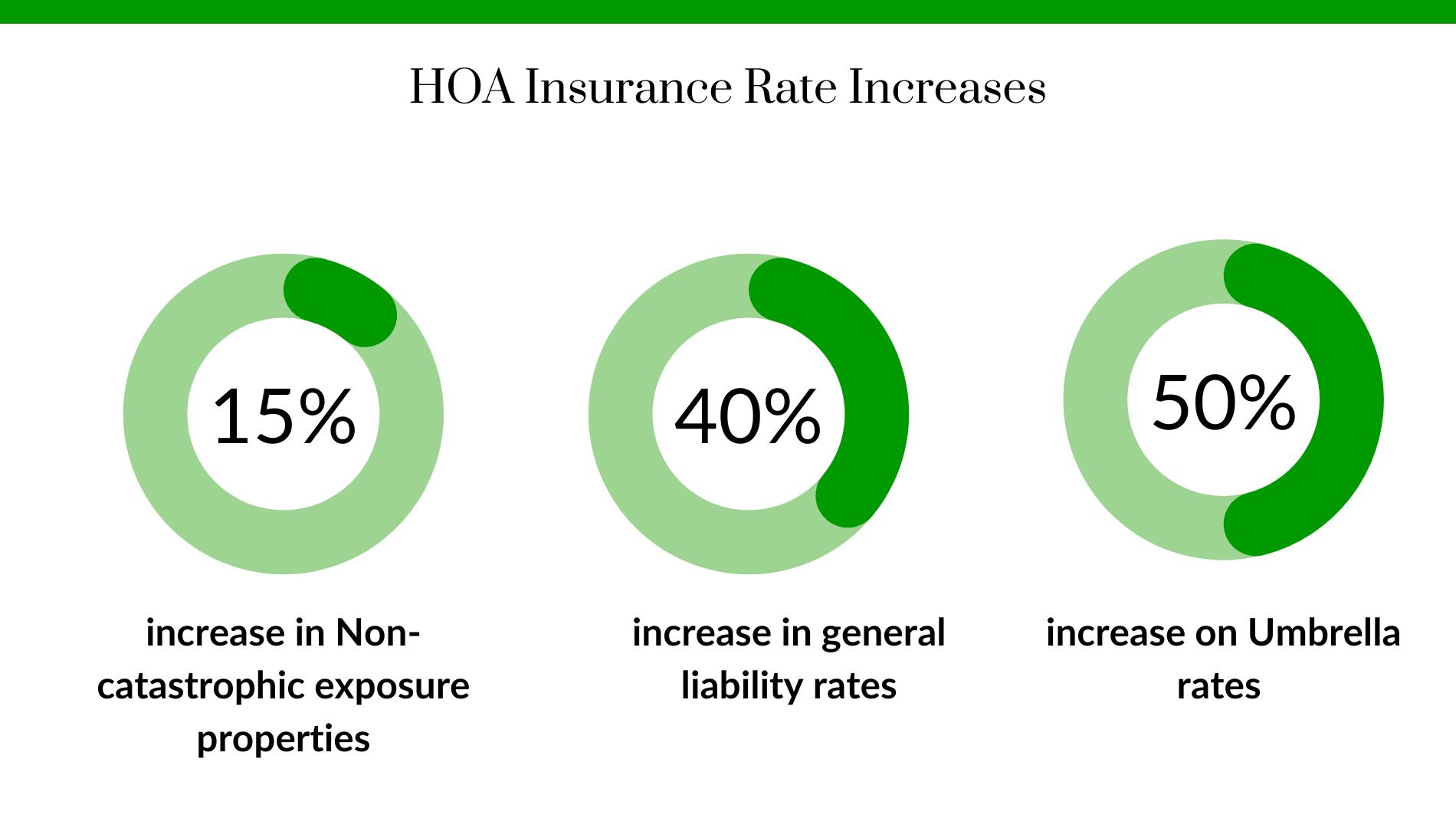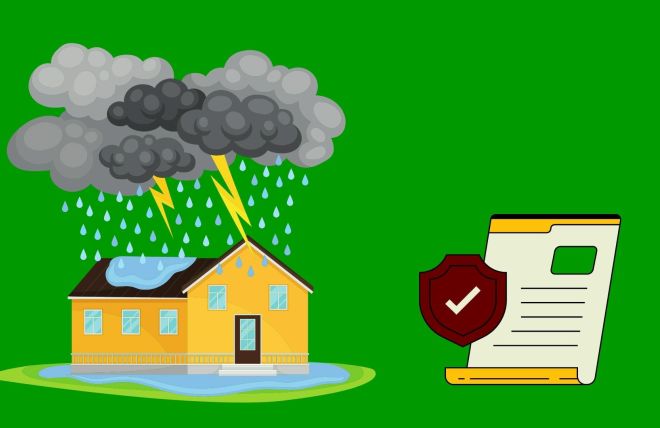Understanding HOA General Liability Insurance
When it comes to managing a homeowners association (HOA), one of the most critical components to consider is general liability insurance. This type of insurance serves as a safeguard, protecting the association against claims for bodily injury or property damage that might occur within common areas or as a result of the association's activities. It’s an essential layer of protection that can save the HOA from financial distress, ensuring that the community remains a safe and enjoyable place for all residents. Read our post on HOA Insurance Types and Real-Life Examples.

Why General Liability Insurance Is Crucial for HOAs
Consider a scenario where a visitor trips and falls on an uneven sidewalk within the community, suffering significant injuries. Such accidents can lead to lawsuits, with the injured party seeking compensation for medical expenses, lost wages, and more. Without general liability insurance, the HOA could be responsible for covering these costs out of pocket, which can be financially crippling.
Coverage Details: What's Included?
General liability insurance for HOAs typically covers:
- Bodily Injury: Costs related to injuries that occur on HOA property or during HOA-sponsored activities.
- Property Damage: Expenses stemming from damages to property owned by third parties, caused by the HOA or its activities.
- Legal Defense and Judgments: Fees for legal defense in case of a lawsuit, along with any settlements or judgments against the HOA.
It’s important to note that while general liability insurance covers a wide range of potential issues, it doesn't cover everything. HOAs should consider additional policies like Directors and Officers (D&O) insurance for broader coverage, including decisions made by the HOA board that could lead to lawsuits.
Choosing the Right Policy
Selecting the right general liability insurance requires careful consideration. HOAs should work with an experienced insurance agent who understands the unique needs of community associations. Coverage limits, policy exclusions, and additional endorsements should be tailored to the specific risks and characteristics of the community.
Furthermore, the cost of the insurance policy should be factored into the HOA’s budget. While it's an additional expense, the cost of being uninsured—or underinsured—can far exceed the premium in the event of a significant claim.
A Real-Life Safety Net
Example: A visitor trips and falls on an uneven sidewalk in the community, resulting in significant injuries. The visitor files a lawsuit against the HOA for their medical expenses and lost wages. General liability insurance should cover the costs associated with the claim.
To illustrate the importance of general liability insurance, let's revisit the example of the visitor who tripped and fell. With adequate coverage, the HOA's insurance policy would handle the medical expenses, legal fees, and any settlements, allowing the community to continue functioning without financial strain. This scenario underscores the value of being prepared and protected against unforeseen incidents.
Conclusion
General liability insurance is not just a regulatory requirement; it's a fundamental component of responsible HOA management. It provides a financial safety net, ensuring that accidents or damages don’t destabilize the community's financial health. By investing in comprehensive general liability insurance, HOAs can safeguard their communities, uphold their fiduciary duties, and ensure a secure environment for all residents.








